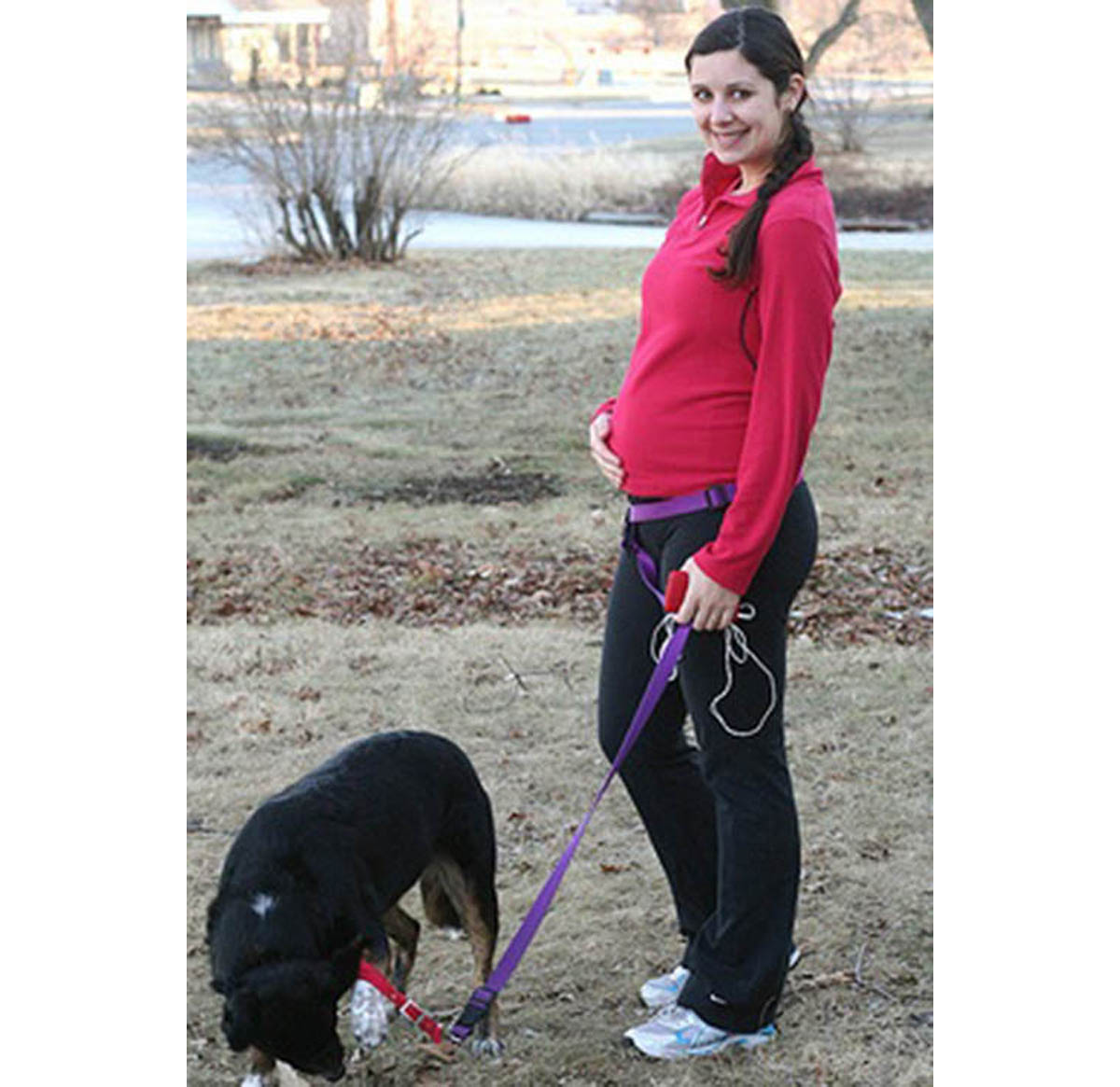Table of Contents
Always be aware of your body, its messages to you, and its signs of shutting down. Your body is the best way to tell if what you are doing is too much or too little. Aside from that, there are some basic guidelines you can follow to exercise safely.
 Do be aware of your new center of balance
Do be aware of your new center of balance

As your body grows and changes, you'll notice that your center of gravity starts to change around the fourth month. As a result, you are at greater risk of losing your balance when you least expect it. As your stomach grows, it will pull you forward more than you may have expected.
Don't spend time on your back
Exercising on your back is less and less comfortable as the pregnancy progresses. Once you've reached the fourth month, its a good idea to avoid lying on your back for any movement, because of the way the weight presses down into a major vein called the vena cava. This vein plays a major role in the cardiovascular system, and can be compressed, causing a sudden change in blood pressure.
Don't engage in abrupt movements and jumping
Jumping and jerking motions are safe for the pregnancy itself, but pose a risk of injury to the joints. During pregnancy, the body prepares for giving birth in many ways. One of these is to release a hormone called relaxin, which literally relaxes ligaments, leaving joints more flexible, and more ready to shift bones while giving birth. Bouncing, jumping and sudden impacts run the risk of pushing a joint too far and causing a tear, dislocation, or sprain.
Do go at your own pace
Always exercise at a pace that you feel comfortable with. Don't overdo any exercise program. A simple test some doctors recommend is the talking test. If you are unable to carry on some sort of conversation while exercises, you may be going to hard. However, this is just a simplistic test, and it may vary from woman to woman. Take notice of how you feel and any warning signs which may occur.
Do Pay attention to the warning signs:
-
Dizziness
-
Shortness of breath
-
Heart palpitations
-
Vaginal leakage or bleeding
-
Contractions
-
Migraine or headache
Do track your heart rate
Your heart rate is the most accurate way to measure the level of intensity that you are working out at. Higher heart rates usually reflect a great intensity and therefore a greater level of difficulty. Using a heart rate monitor is the easiest way, though it requires a small investment. A general recommendation is to keep the heart rate below 140 beats per minute. However, this rate is highly variable depending on the level of fitness prior to pregnancy.
Follow these simple dos and don'ts of how to exercise during pregnancy, and enjoy all of the benefits of an active lifestyle.
- “Pregnancy Fitness and Exercise: Getting and staying healthy for baby” By Robin Elise Weiss. Accessed August 2012. Retrieved from: http://pregnancy.about.com/od/stayinghealthy/a/pregfitness.htm
- Photo courtesy of simplybike on Flickr: www.flickr.com/photos/simplybike/5630923267
- Photo courtesy of simplybike on Flickr: www.flickr.com/photos/simplybike/5494606567

